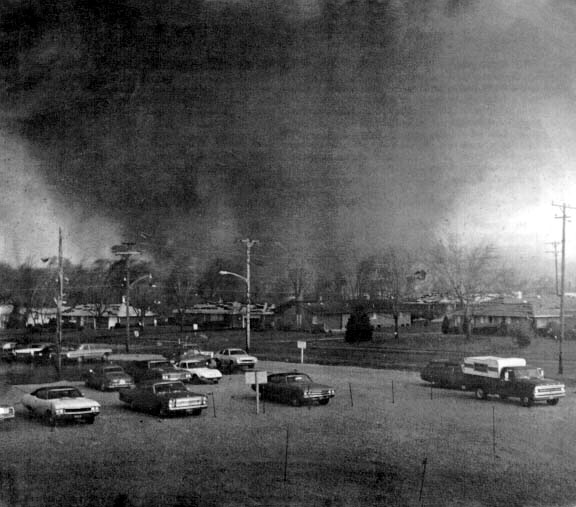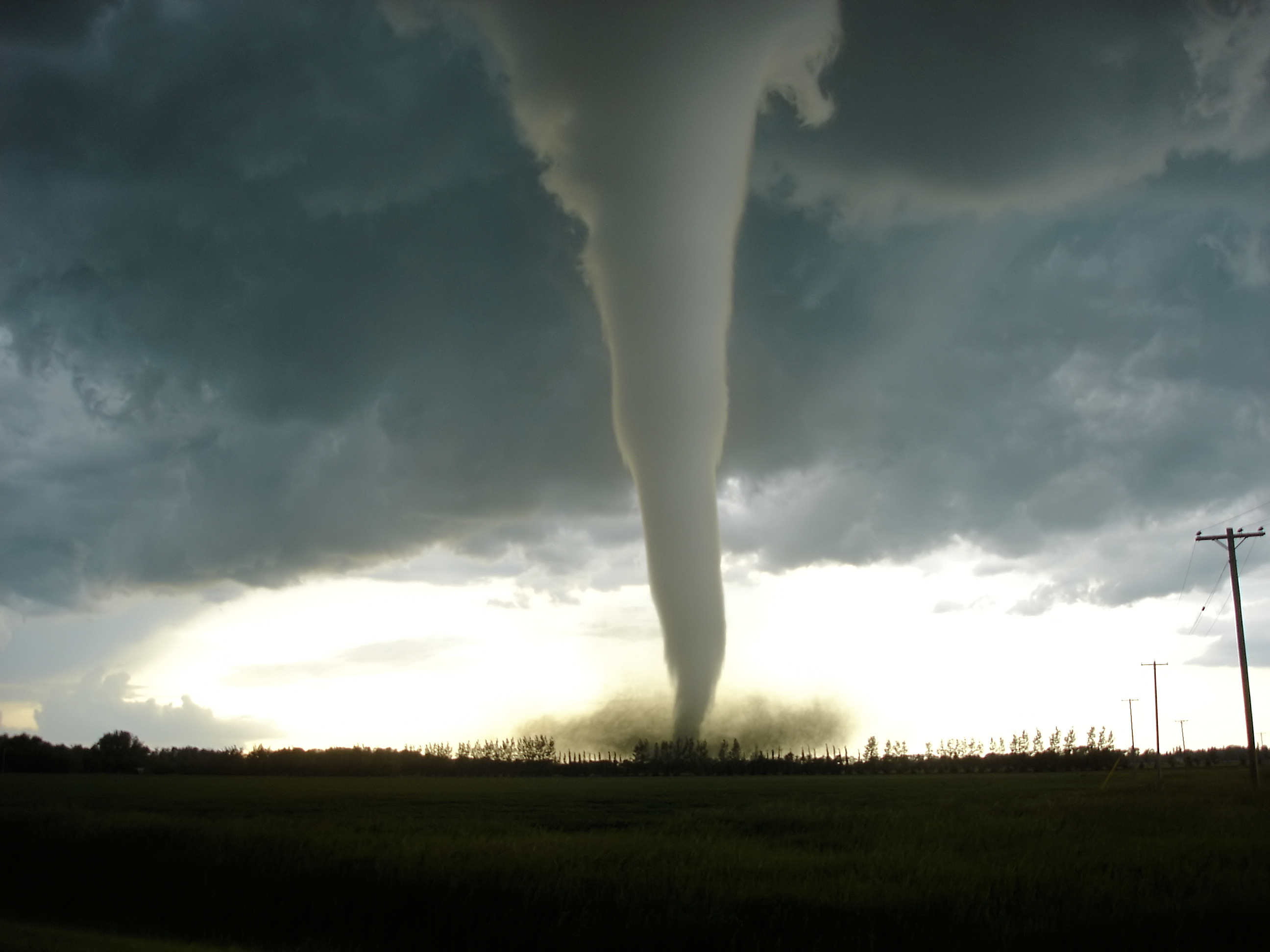 |
| Pulling bodies from the debris |
The worst natural disaster
ever to occur in the United States in terms of loss of life hit Galveston
Island in Texas on September 8, 1900. It was a tropical storm that gained
enough strength over the Gulf of Mexico to become a Category 4 hurricane by the
time it made landfall in Texas. The city of Galveston, Texas, which lies on the
eastern end of Galveston Island, was the hardest hit by this devastating storm and
it was hit hard indeed.
On September 3rd and
4th of 1900, a tropical storm first approached and then moved over
the island nation of Cuba. By September 6th, the storm was moving
northwest of Key West, Florida. The storm then moved out over the Gulf of
Mexico in a northeasterly direction, and it was assumed that it would continue
this way. However, as the storm gained strength, it took a westerly path. This
new direction put Galveston, which had a population of 37,000 at the time,
directly in the way of the storm.
It was unclear to meteorologists
whether the storm would hit Galveston. The weather on the island was not
entirely congruent with what would be expected if a hurricane were approaching.
Nevertheless, meteorologist Isaac M. Cline, the man in charge of the Galveston
Weather Station at the time, felt that a warning should be issued in spite of
the lack of telltale signs, and he ordered it. He noticed some ominous weather
conditions, such as a particularly high tide on the evening of the 7th.
He chose to keep an eye on such things and report them to the mainland as they
occurred.
By the early morning of
September 8th, the tidewater reached the lower portions of
Galveston. There were also abnormally high and frequent swells. It began to
rain lightly around 9:00 a.m. and was raining heavily by 12:00 p.m. It was
windy the entire day, but winds didn’t reach hurricane speeds in Galveston
until around 5:00 p.m. The winds were last recorded at the weather station at about
6:00 p.m. at around 100 miles an hour. It is estimated that they reached speeds
of 130-140 mph before the storm passed.
That evening a huge storm surge
bombarded the city and flooded the streets. All the residents could do was try
to get to higher ground before they were swept away or battered with debris.
Unfortunately, the highest point in the city at the time was only roughly 8-7
feet above sea level. The storm surge reached a height of 15.7 feet. A lot of
people lost their lives in the struggle to get above the seawater that had
invaded their city.
The aftermath of the Great Storm
of 1900 was horrifying by all accounts. Debris and dead bodies were strewn
about as survivors picked their way through the streets. They themselves were
battered and bruised and likely trying to find missing loved ones. Estimates
for lives lost range from 6,000 to 12,000, but the general consensus is that
between 6,000 and 8,000 people died that day. More than 3,500 homes were
destroyed and there was around 20 million dollars worth of damage done. That
would be roughly 700 million dollars today.
There were so many dead bodies
that plans had to be hatched for their disposal immediately. One such plan
involved removing the dead by barge and dumping them into the gulf. This was
done and to the horror of those working to dispose of them, many of the bodies
were brought back to the island on currents. This left residents with no other
option than to burn or bury the bodies right where they lie.
It must have been hard for the
residents of Galveston in the aftermath of the storm, but something needed to
be done so that another similar tragedy could be avoided in the future. The
people banded together and not only rebuilt their city, but raised it and its
infrastructure up to eight feet in some places. On top of that, a sea wall was
built to protect the city from storm surges, but it only protects parts of the
city, leaving the rest of the island vulnerable. The wall still stands today.
Sources
Cline, Isaac M., Special Reports
of the Galveston Hurricane of September 8, 1900, retrieved 10/28/09,
history.noaa.gov/stories_tales/cline2.html
The Great Galveston Hurricane of
1900, retrieved 10/28/09,
celebrating200years.noaa.gov/magazine/galv_hurricane/welcome.html#intro
Hurricane History, Galveston
1900, retrieved 10/28/09, nhc.noaa.gov/HAW2/english/history.shtml#galveston




